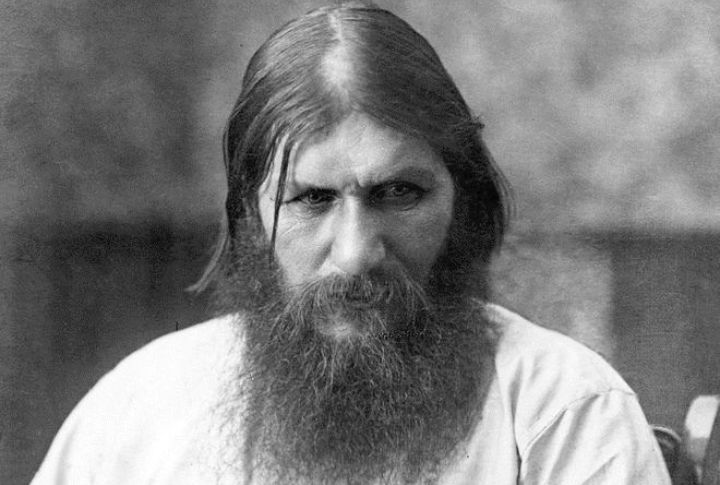
Throughout history, powerful leaders and influential figures have often been painted as villains to serve ideological agendas. Some were demonized by rivals and smeared by biased historians. However, historical records reveal that many of these “villains” were more nuanced and, in some cases, even heroes. Here are 10 people who aren’t as bad as history portrays them.
Marie Antoinette (1755–1793)
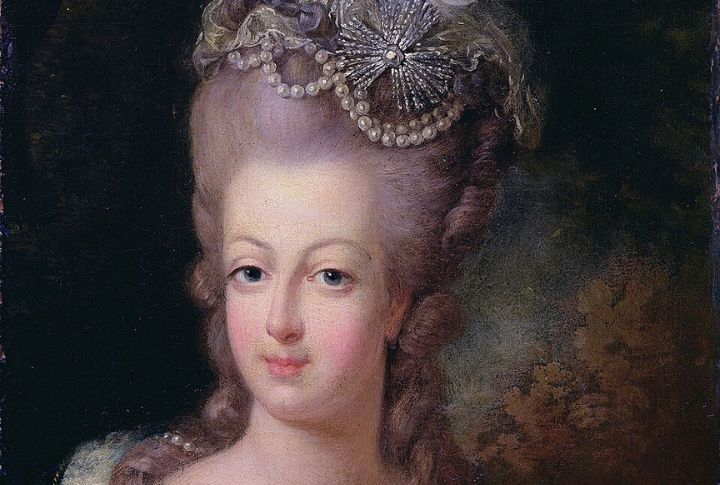
Marie Antoinette is often blamed for the downfall of the French monarchy, with the infamous phrase “Let them eat cake” wrongly attributed to her. In reality, there is no historical evidence that she ever uttered those words. While she did live extravagantly, her lifestyle was common among European royalty at the time. She also donated generously to hospitals and orphanages.
Genghis Khan (1162–1227)

Historically, Genghis Khan is often portrayed as a ruthless conqueror responsible for millions of deaths. However, that’s not the full story. His leadership led to the unification of Mongol tribes and the establishment of one of history’s largest empires. His rule also promoted religious tolerance and meritocracy, allowing people of various ethnicities to rise in power.
Niccolo Machiavelli (1469–1527)
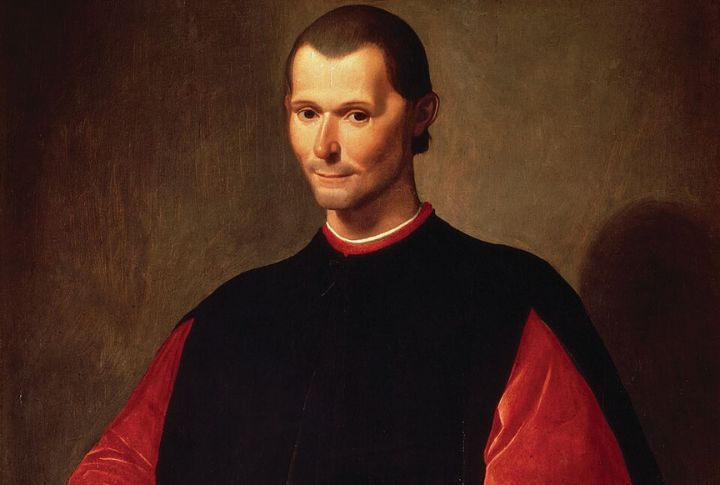
Because of Machiavelli’s book, “The Prince,” many people have described him as the embodiment of political deceit. Yet, his work was more of a political analysis than a moral endorsement of tyranny. He admired the republican government and wrote about the benefits of civic virtue and balanced governance. Niccolo also spent much of his life opposing tyranny.
Vlad The Impaler (1431–1476)
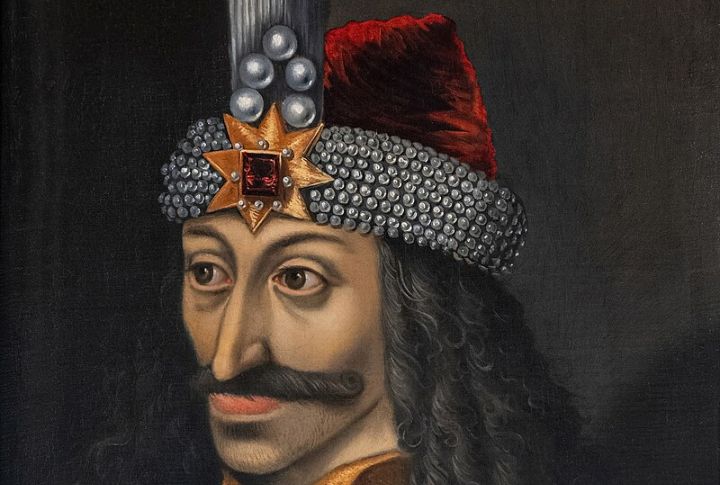
Vlad III, also called “Vlad the Impaler,” is often depicted as a bloodthirsty tyrant. While he used brutal methods, he was primarily defending Wallachia from Ottoman invasions. He was regarded as a national hero in Romania for his resistance against the Ottomans, and his reign was marked by a strong emphasis on law enforcement.
Grigori Rasputin (1869–1916)
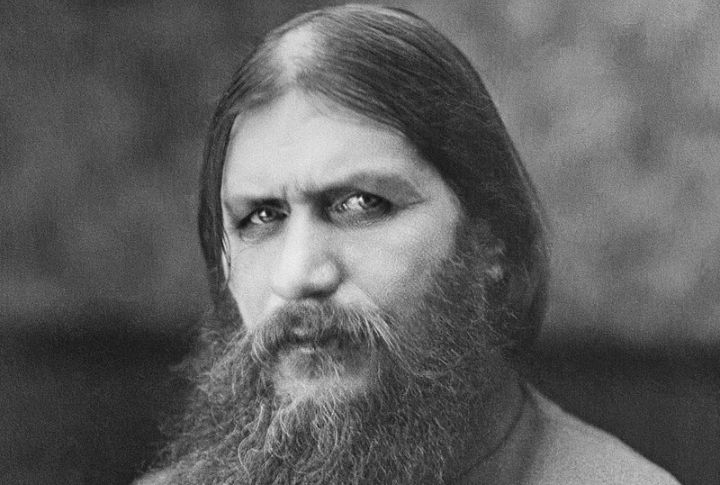
Grigori Rasputin is blamed for orchestrating the downfall of the Russian monarchy. Yet, much of his negative reputation stems from aristocratic smear campaigns. A self-proclaimed holy man, Rasputin seemingly alleviated the symptoms of Tsar Nicholas II’s hemophiliac son, Alexei, and there is little evidence that he directly controlled state affairs.
Emperor Nero (37–68 AD)
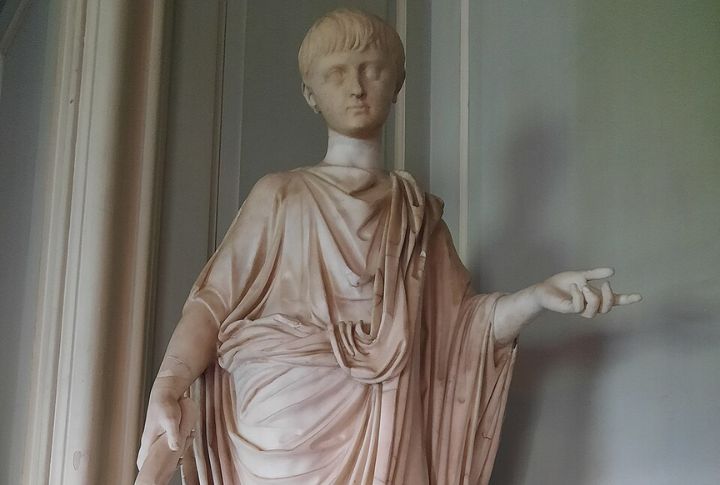
Though Nero is often blamed for setting Rome on fire in 64 AD, historical evidence suggests otherwise. Ancient sources indicate the fire spread accidentally, and Nero actually organized relief efforts. The emperor even opened his palaces to house victims. While he was far from a perfect ruler, his reputation as a crazed tyrant is exaggerated.
Billy The Kid (1859–1881)
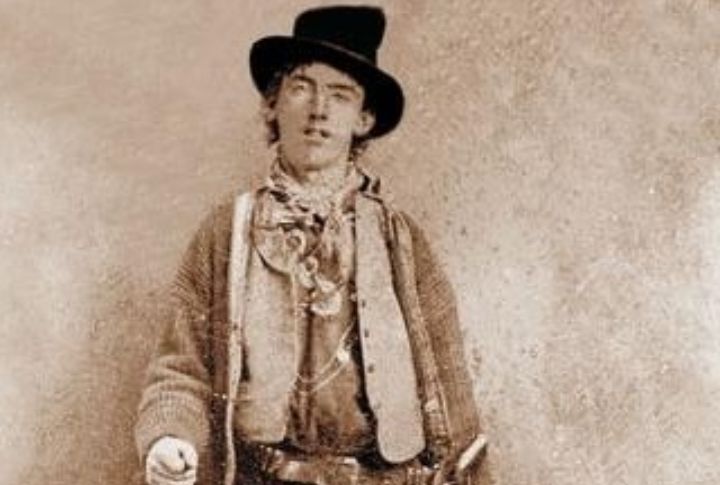
Although Billy the Kid (also known as William H. Bonney) is often depicted as a ruthless outlaw, he was actually more of a folk hero than a cold-blooded killer. He was involved in the Lincoln County War, a conflict between corrupt business factions in New Mexico. Many of his killings were in self-defense or during conflicts where both sides were engaged in violence.
Richard III (1452–1485)

Shakespeare’s play has made Richard III infamous as the hunchbacked villain accused of murdering his nephews, the “Princes in the Tower.” However, there is no conclusive evidence that he was responsible for their disappearance. Richard introduced legal reforms, like access to bail and fair trials, that improved justice for common people.
Captain William Bligh (1754–1817)
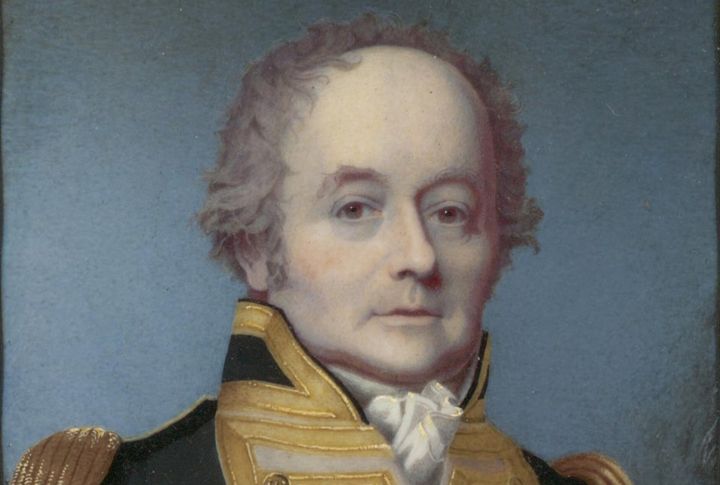
Despite his portrayal as cruel, records indicate that Captain Bligh was actually lenient. The “Mutiny on the Bounty” was more about the crew’s desire to stay in Tahiti than Bligh’s leadership. Despite being cast adrift in an open boat with loyalists, he navigated over 3,600 miles to safety without losing a single man.
Benito Juarez (1806–1872)
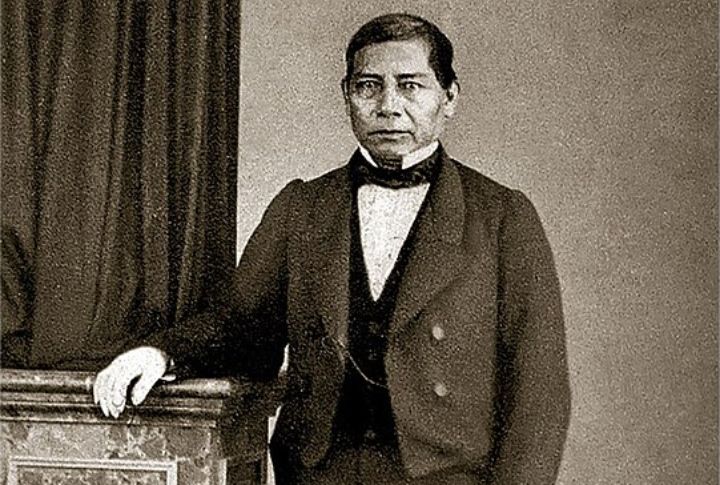
Benito Juarez, Mexico’s first indigenous president, is sometimes viewed as an authoritarian due to his reforms that limited the power of the Catholic Church and military. In reality, his actions aimed to modernize Mexico and reduce elites’ influence. Also, he led resistance against European intervention and defended Mexico’s sovereignty against French occupation.

